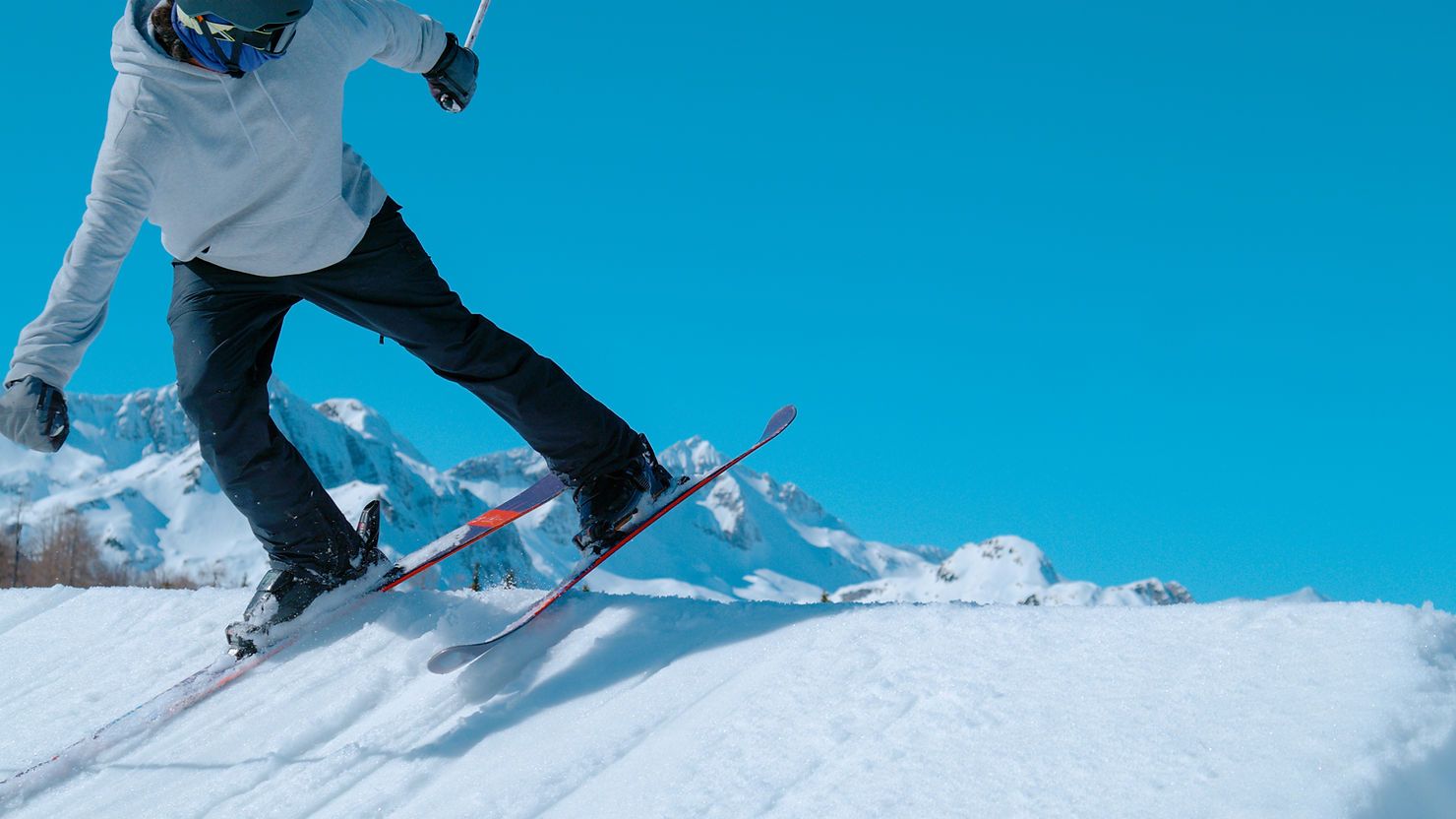Dan Lever
Dec, 28 2023- 4 mins
How To Ski Switch: steps to skiing backwards
Skiing backwards or skiing switch, as it is more commonly known, is an awesome skill to add to your repertoire. It's not just for freestylers and park rats; skiing switch is a lot of fun for everyone! Whether you're looking to show off a bit or you're diving deep into the world of ski tricks, mastering the art of skiing switch with SNOMAD's tips is a must. Let's dive in!

The Right Equipment: Twin-Tip Skis
While it is possible to ski switch with regular skis, twin-tip skis are specifically designed for this purpose. Their symmetrical shape and upturned tail and tip prevent the ski from digging into the snow, offering a smooth movement whether you're going forward or backward. Learning a new skill is difficult enough without the added risk of catching your tail and putting your helmet to the test, so make sure you get access to some twin-tips, which you will be able to pick up from any good rental store.
Perfecting Your Stance
In the world of skiing switch, much like skiing forwards, adopting the correct posture is key:
Centered Weight: Unlike regular skiing where your weight leans slightly forward, in skiing switch, keep your weight centered. This gives you more control.
Back & Hips: Your back should be straight with a slight lean backward. This slight backward lean, combined with hips thrust a little forward, counterbalances the reverse movement.
Ski Position: Your skis should maintain a parallel position, not too wide apart. This ensures stability and balance. Although you can also dip in and out of a reverse snowplough when you are still learning and getting used to the movements!
Start with the Basics
Before tackling steeper terrains, find a gentle, uncrowded slope. Begin skiing forward, gradually easing into a rounded turn until you find yourself in a switch position. After you master skiing switch on gentler slopes, you can slowly increase the steepness of the slopes as you get used to the increased speed.
The Art of Looking Back
When you are skiing backwards for the first time, you will quickly realise that looking forward isn’t too helpful for either yourself or any other skiers on the mountain! You need to twist your upper body, shoulders and head to face downhill so you can see where you are going. The direction that you are looking will also help guide the direction that you are skiing in and help initiate turns. As you turn and change direction, you need to shift your upper body and shoulders so that you look over the opposite shoulder. This will help maximise visibility and steer you as you turn down the hill.
Direction matters:
Turning Left: When turning left, look over your right shoulder. This gives you a clear view of where you're heading while maintaining balance.
Turning Right: For a right turn, look over your left shoulder. This ensures you can gauge the turn while keeping a tab on your surroundings.
You will find that looking over one shoulder gives you a clearer view when turning in the opposite direction. Often skiers find that turning one direction and looking over one shoulder feels more natural than the other. This is your dominant side and should you progress to doing switch tricks is probably the side you want to look over when skiing switch, straight into a feature.
The whole movement will feel super janky and uncomfortable at first BUT practice makes perfect and the more you do it, the more natural it will feel.
Mastering the "J" Turn
To start to get the feeling for the movement of skiing switch, a J turn is a useful exercise to start to get the feeling of turning on each side before you start linking your turns together. A "J" turn is essentially half of an "S" turn. Start by looking over one shoulder and turn in the opposite direction across the face of the slope in a J shape until you come to a stop. As you turn, lead with your uphill ski and this should be slightly in front of the other ski - this will help open your hips up and initiate the turn. Repeat this (again and again) until you feel comfortable and then switch sides! When you are comfortable performing switch J turns on each side, you are ready to start linking your turns.
Linking Switch Turns Together
Now that you have mastered turning independently on each side, it is time to link the turns together.
As before, think about the following elements:
Initiation: Begin by leading with your uphill ski, slightly angling the ski to initiate the turn.
Body Position: Your shoulders should align with the direction you're turning, with your gaze fixed on where you want to go. While your upper body remains mostly stable, use your knees and hips for the turning motion.
Completion: As you complete the turn, your skis should naturally follow the direction set by your upper body.
Linking the turn: As you approach the end of the turn twist your upper body to the other side. Lead with your (new) uphill ski, pushing this slightly forwards and repeat the process
It will take some getting used to. Start slowly and as you get more confident, you will be able to dial up the pace.
Practice, practice and practice some more!
Consistent practice is the cornerstone of mastering skiing switch. Dedicate time to repetitive practice, focusing on refining movements, enhancing balance, and increasing confidence.
As your skills and confidence grows, you will learn how to shift from skiing forward at speed to reverting to switch skiing by shifting your weight on your skis and sliding 180 degrees on the surface of the snow. As you get even more confident, you will be able to pop 180s land switch and carve downhill at pace with as much control as when you are skiing forwards, unlocking a whole new world!
Just writing this guide has got me excited to get out there and start improving my switch turns too. I hope you found this guide useful and with time and practice, you will be turning heads as you whip down the slope carving out some impressive switch turns! You can also check out the video below which is useful to help you visualise the movements needed to ski backwards.
See you on the slopes!






